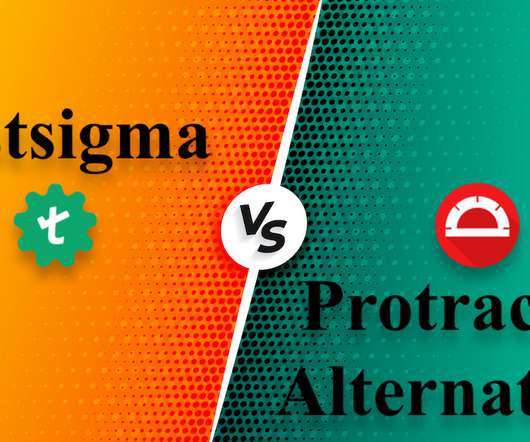Why and When Should Businesses invest in Mobile Automation Testing?
Testsigma
FEBRUARY 3, 2021
Mobile app testing uses many mobile automation testing techniques to ensure that they are ideal and perform well in various traffic conditions. Automation of all the above requirements constitutes the process of mobile automation testing. Mobile app tests also include UI testing that can be learned from this link.












Let's personalize your content